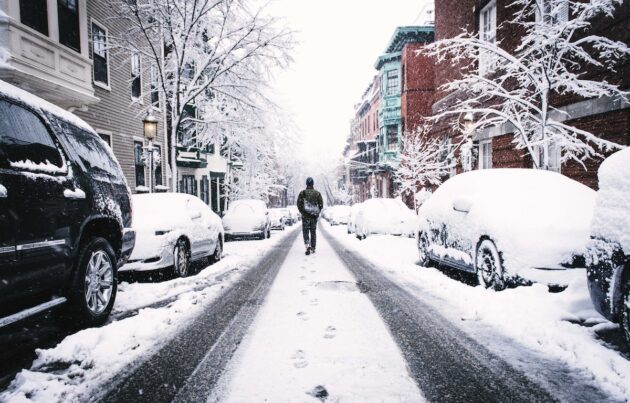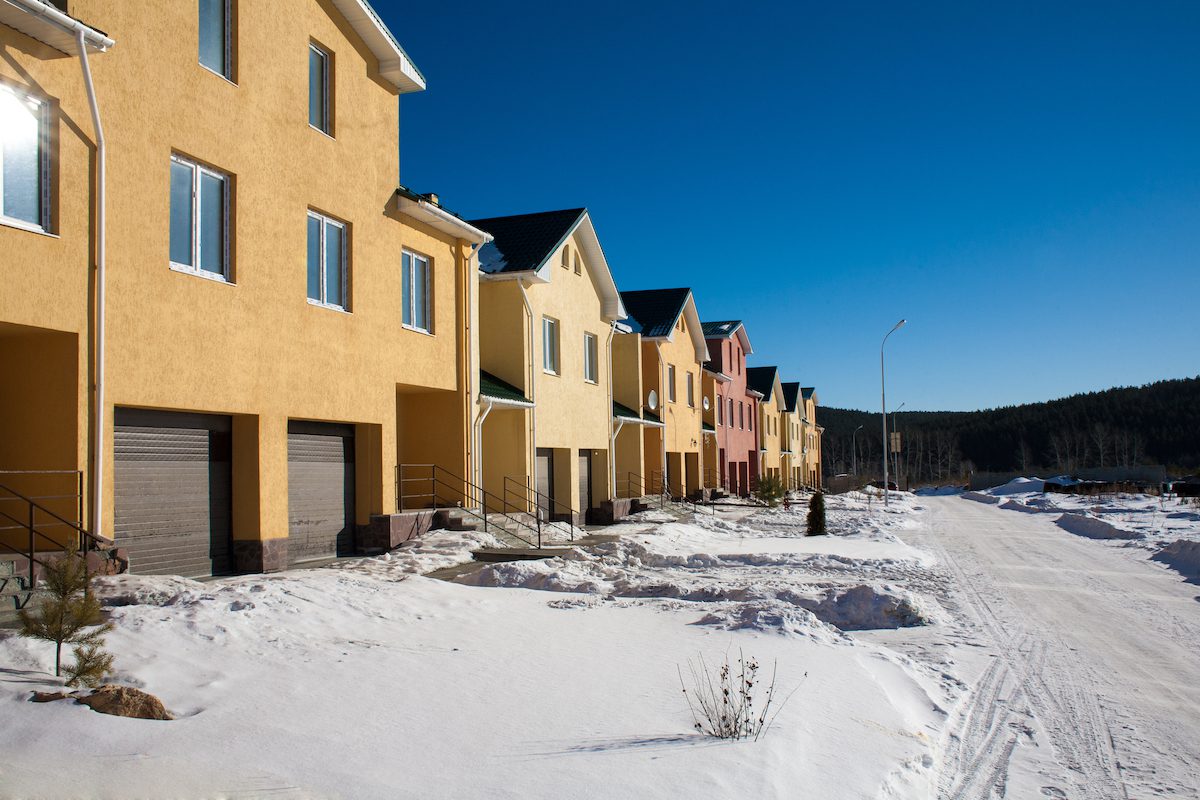5 Steps to Winterize Your Rental Property
Winter is coming! We know you probably already knew that as the days get colder, but did you have winterize your rentals on your to-do list? Across cultural divides, fictional universes and climate zones, winter is a season that requires some preparation.

Fortunately, we're here to help you prepare for winter with these simple steps to ensure your rental experience runs smoothly. Don't get caught out in the cold — start prepping your properties for winter today!
1. Plan in advance
The pandemic created a services backlog that is still rippling across homes and rentals today. What in previous years may have been routine calls or short-notice appointments can now stretch into weeks and months-long wait times. If you plan to have routine maintenance, repair or winterization performed on your rental — plan to select and book your services well in advance.
2. Conduct a walkthrough
The best way to winterize your rentals is to take a comprehensive inventory of your property.
Begin with the exterior. Walk your property to identify damaged gutters, missing roof tiles and chipped exteriors. Inspect windows for growing moss or mold and potential drips. Your property type and layout may require a simple walking tour or a closer inspection such as physically checking the roof.
Don't forget to check the flashing and joints if you do, since leaks can be subtle yet grow to a large problem quite quickly in winter weather. Check the chimneys and venting, as well as note any loose our unusual shingles. Improper venting can cause mold, so get ahead of potential damage.

3. Check lawns and landscapes
Your lawns and landscape may not seem like part of the building, but these areas can be strongly affected by winter weather. First up are any in-ground sprinkler systems. Mark these down for a blowout before the big freeze or you may have some significant replacement bills.
If you have community pools or hot tubs, you'll want to close these down correctly, too. Take this time to schedule any maintenance these facilities will need for the off season. Stack, store or cover any lawn furniture or outdoor entertainment that won't do well during seasonal changes.
Don't forget more simple landscape items like shrubs, lighting and even the lawn. Consult with your landscaper or DIY any winter-oriented pruning or protection and make a plan to reseed grass as needed.
Additionally, don't forget to change batteries and bulbs on outdoor lighting to help increase tenant safety during this darker season.
4. Perform seasonal maintenance
Some property management tasks need to be performed every six to 12 months whether broken or not. This is the type of seasonal maintenance that will save you money in the long term.
Perform your regular cleanings like gutters and chimneys before things get too frozen. Protect outdoor faucets by storing hoses and adding winter faucet protectors, and stock up on ice melt and shovels to prevent dangerous slips and falls in tenant common areas.
Winterizing is a great excuse to update your HVAC systems as well. Furnace filters, air filters, and dehumidifiers can all use seasonal checkups or new filters depending on models, and at minimum, most could use a quick cleaning. Test and update batteries on smoke and carbon monoxide detectors now that we're going into heater season.

5. Inspect rental interiors
After giving the proper notice of entry, it's a good idea to inspect your rentals for winter in home interiors as well. This will allow you to update your above maintenance items beyond hallways and common areas and ensure tenant safety. Some landlords take this opportunity to bring in pest inspectors as well to catch any infestations before they can spread across units.
But don't just make inspections a one-way process: Take the time to communicate with your tenants and ask if anything needs to be fixed before winter. The renters who live in your unit can be your greatest resource in identifying problems early before winter storms and spring rains make fixing things highly expensive.
This communication can help you identify that window that doesn't shut correctly affecting everyone's heating bill or that strange, squishy spot in the ceiling that may indicate a minor leak.
Ready to winterize your home?
Winterizing your rental is simple when you follow the five steps above. Plan ahead and do your due diligence to inspect your rental units.
Start by checking your exteriors, your landscape and then try to locate any interior problems now that winter is fast approaching. The best winterization tip? An ounce of prevention is worth a pound of cure — and thousands of dollars in prevented damages.
